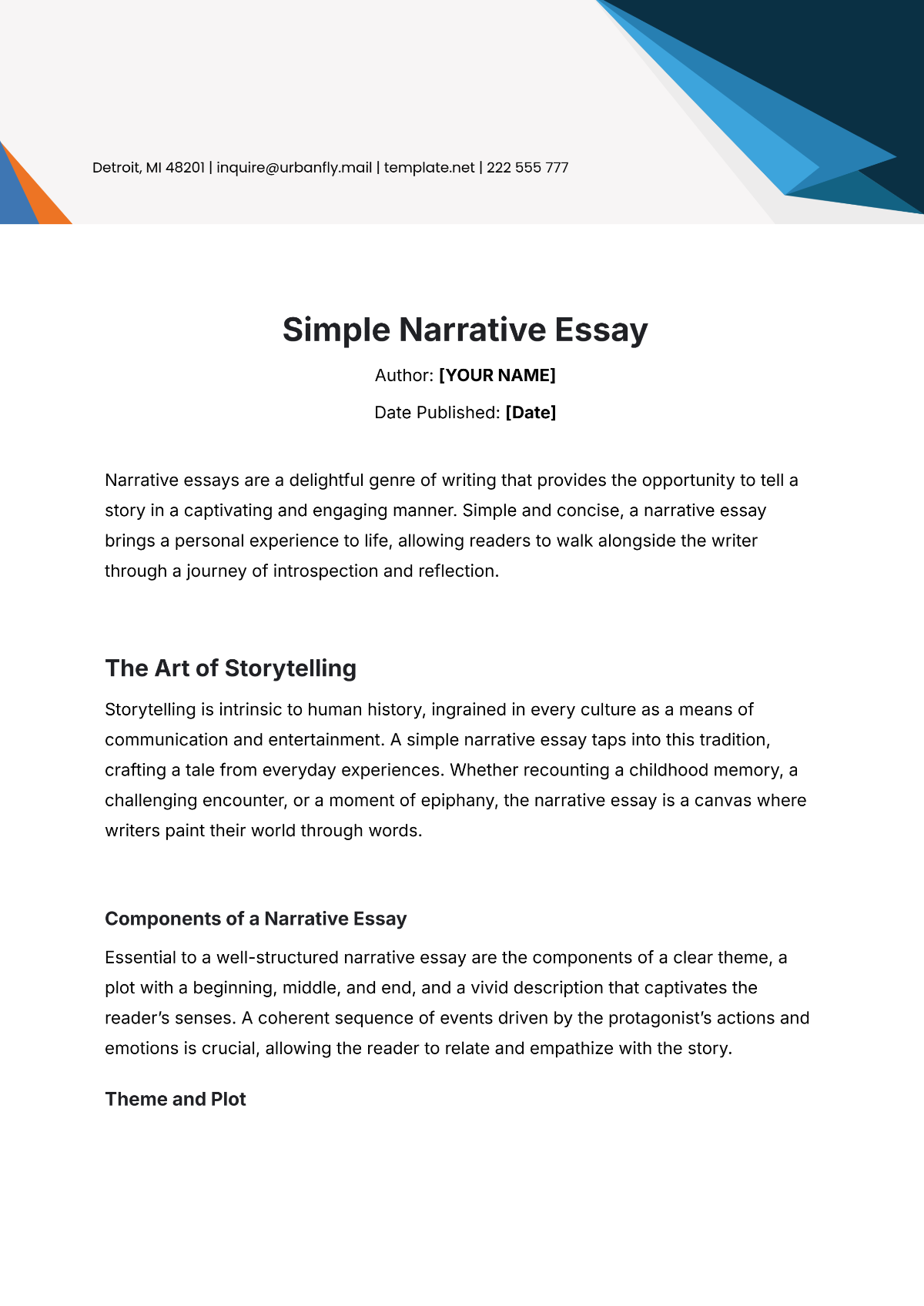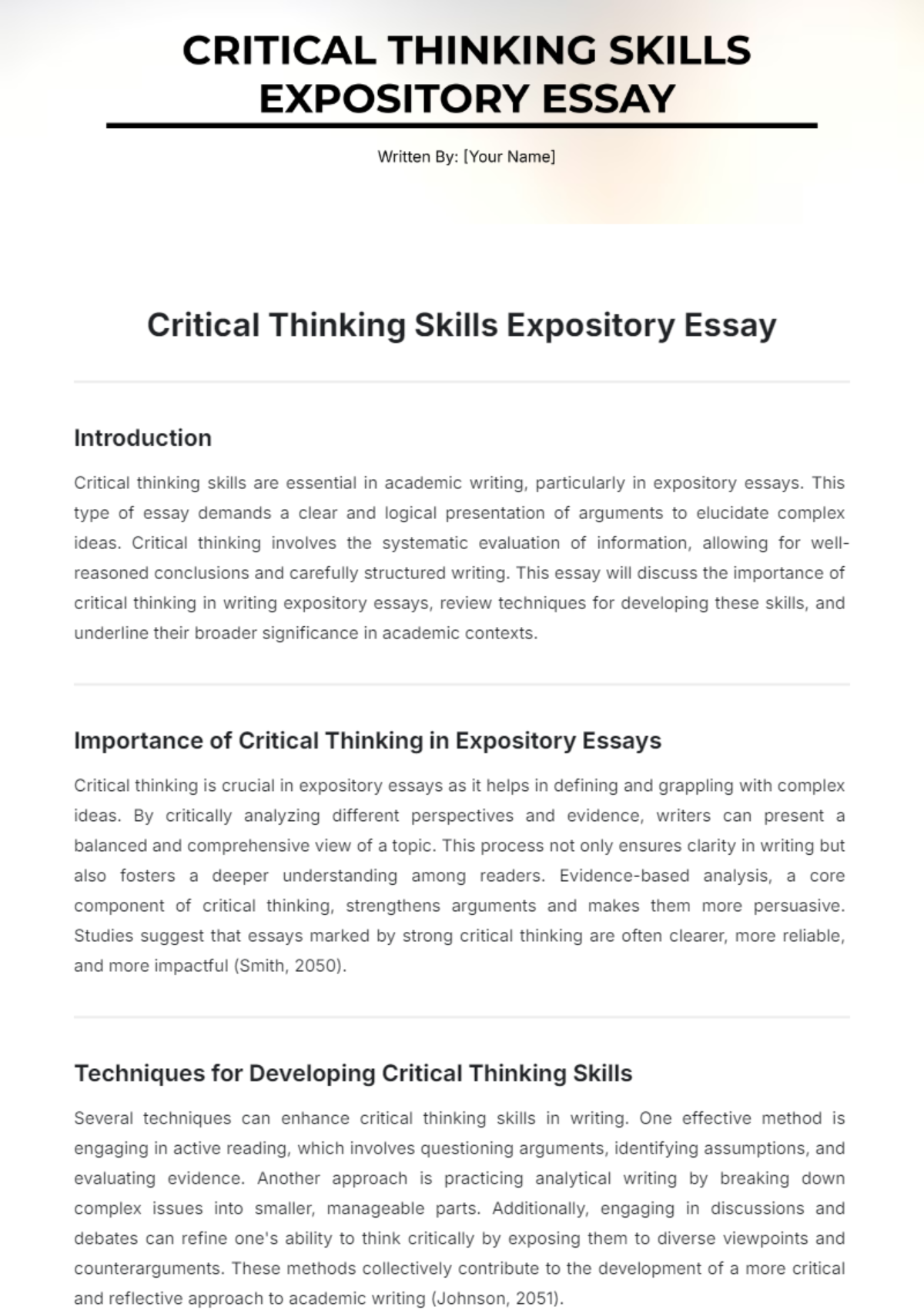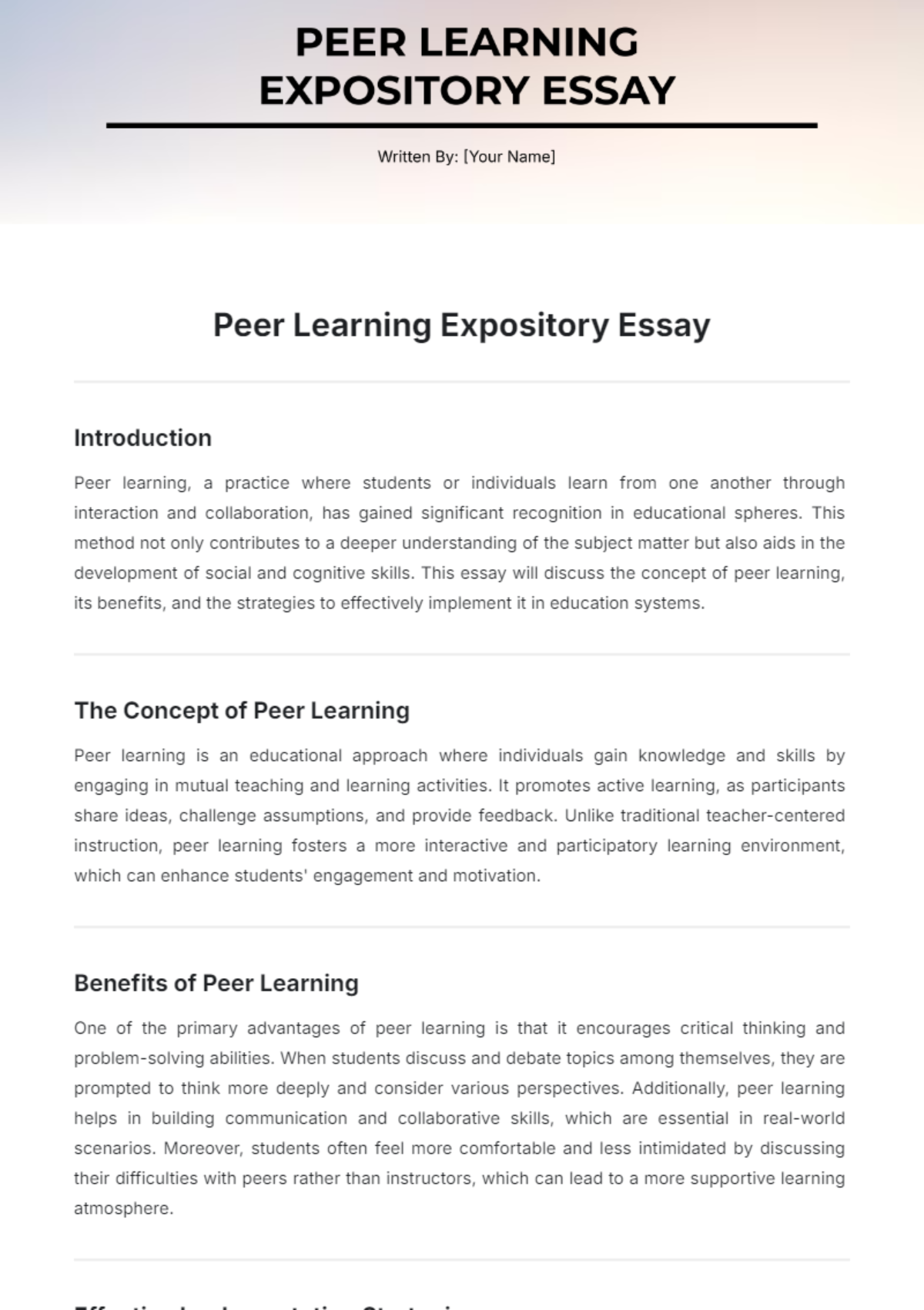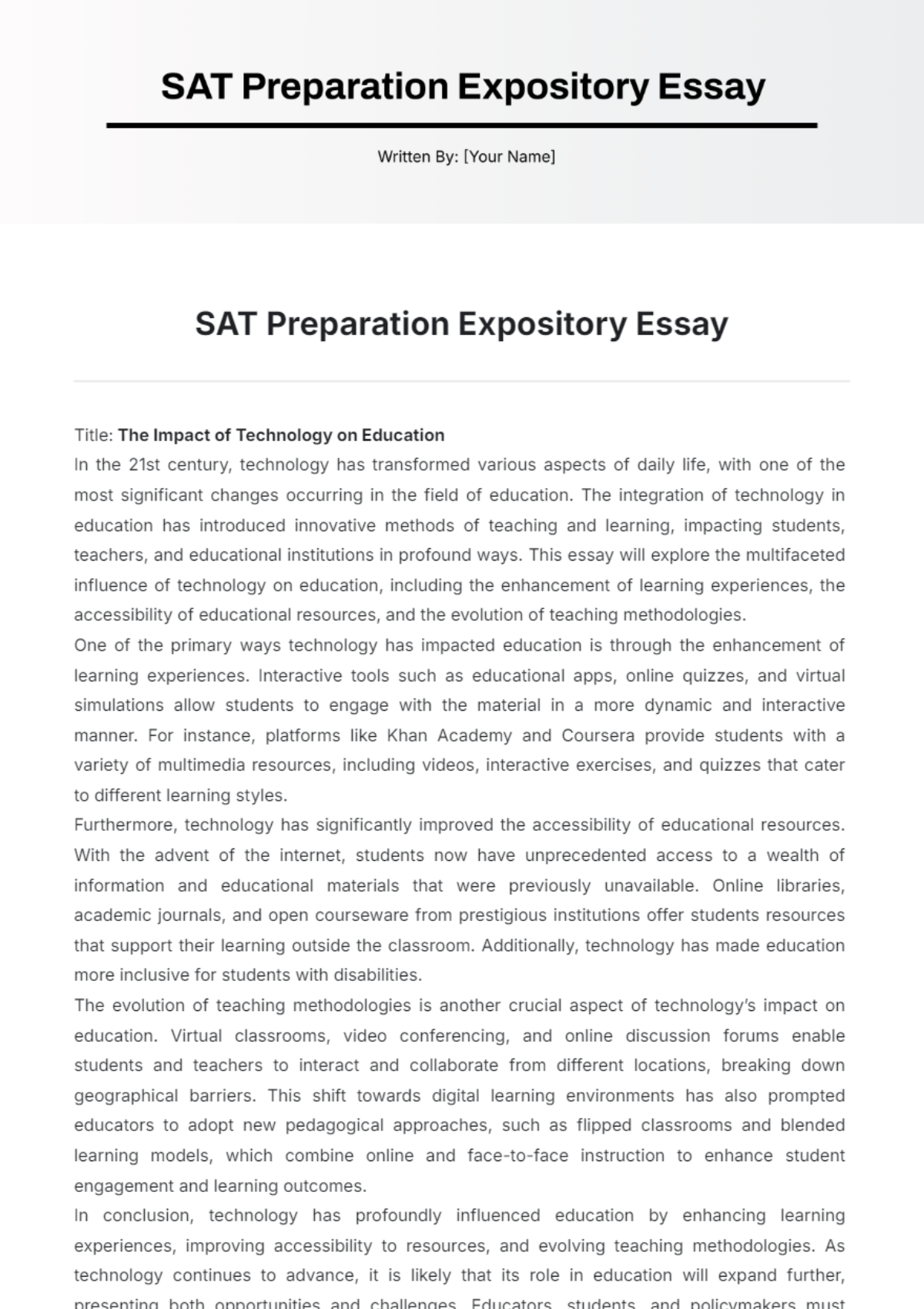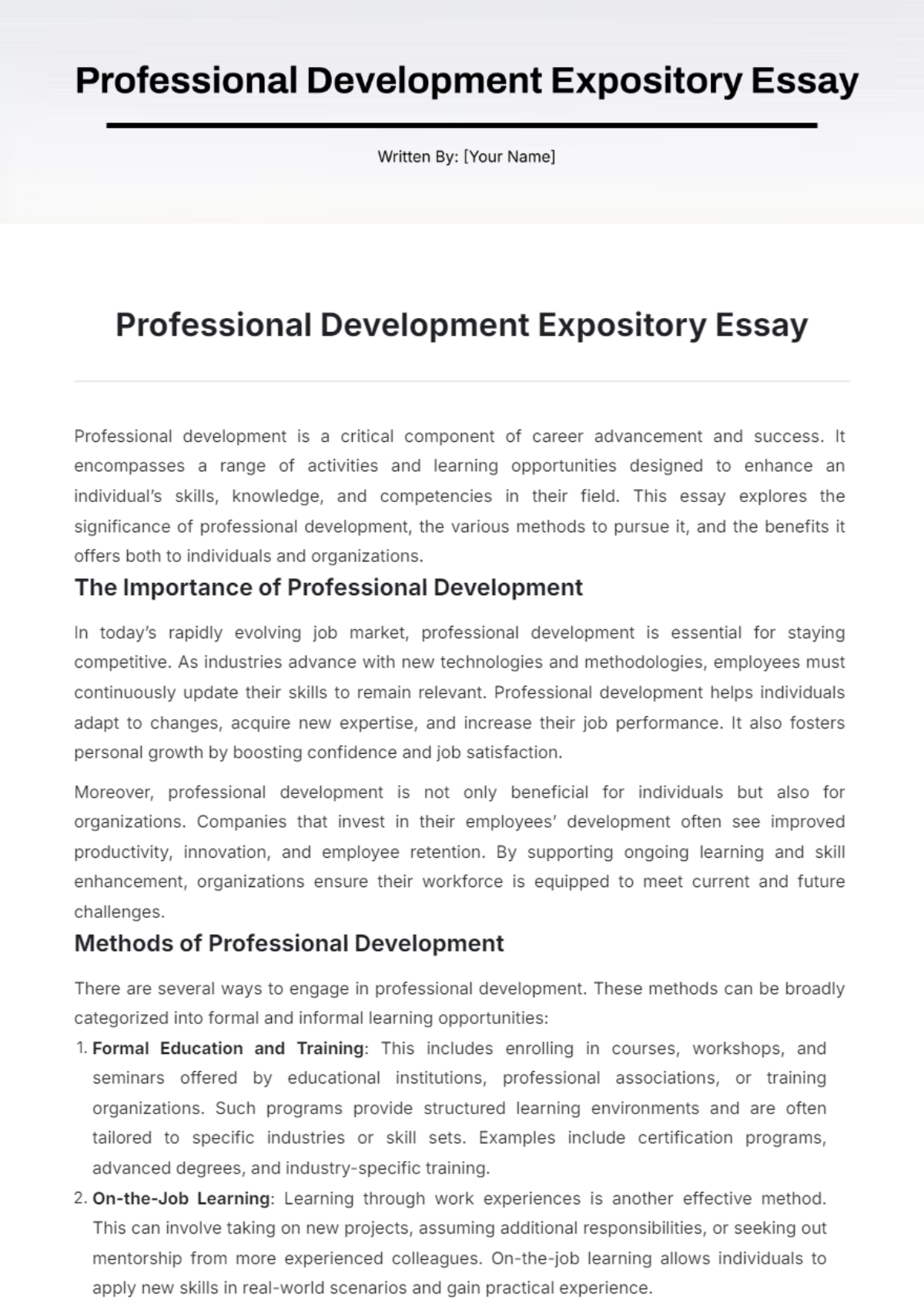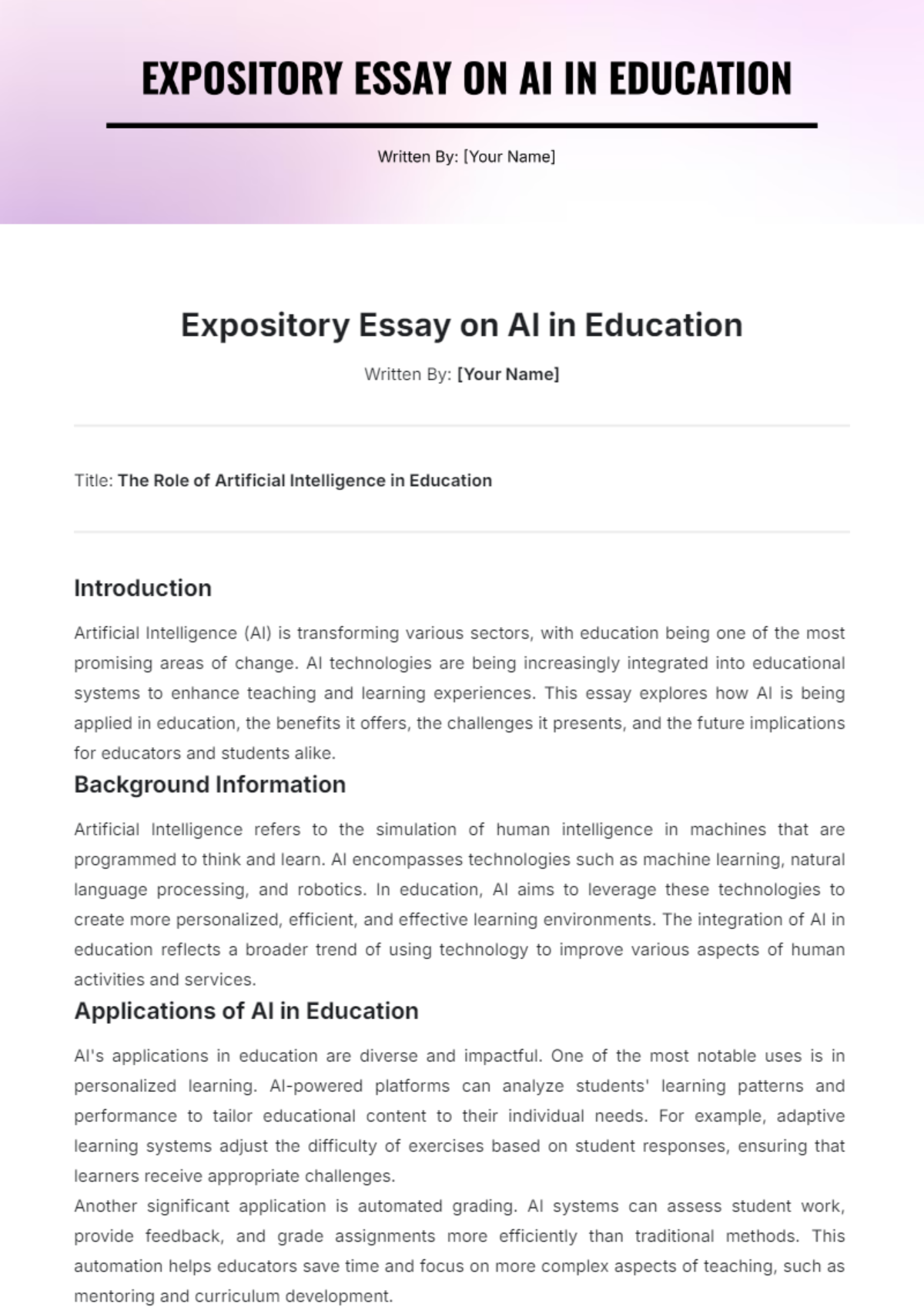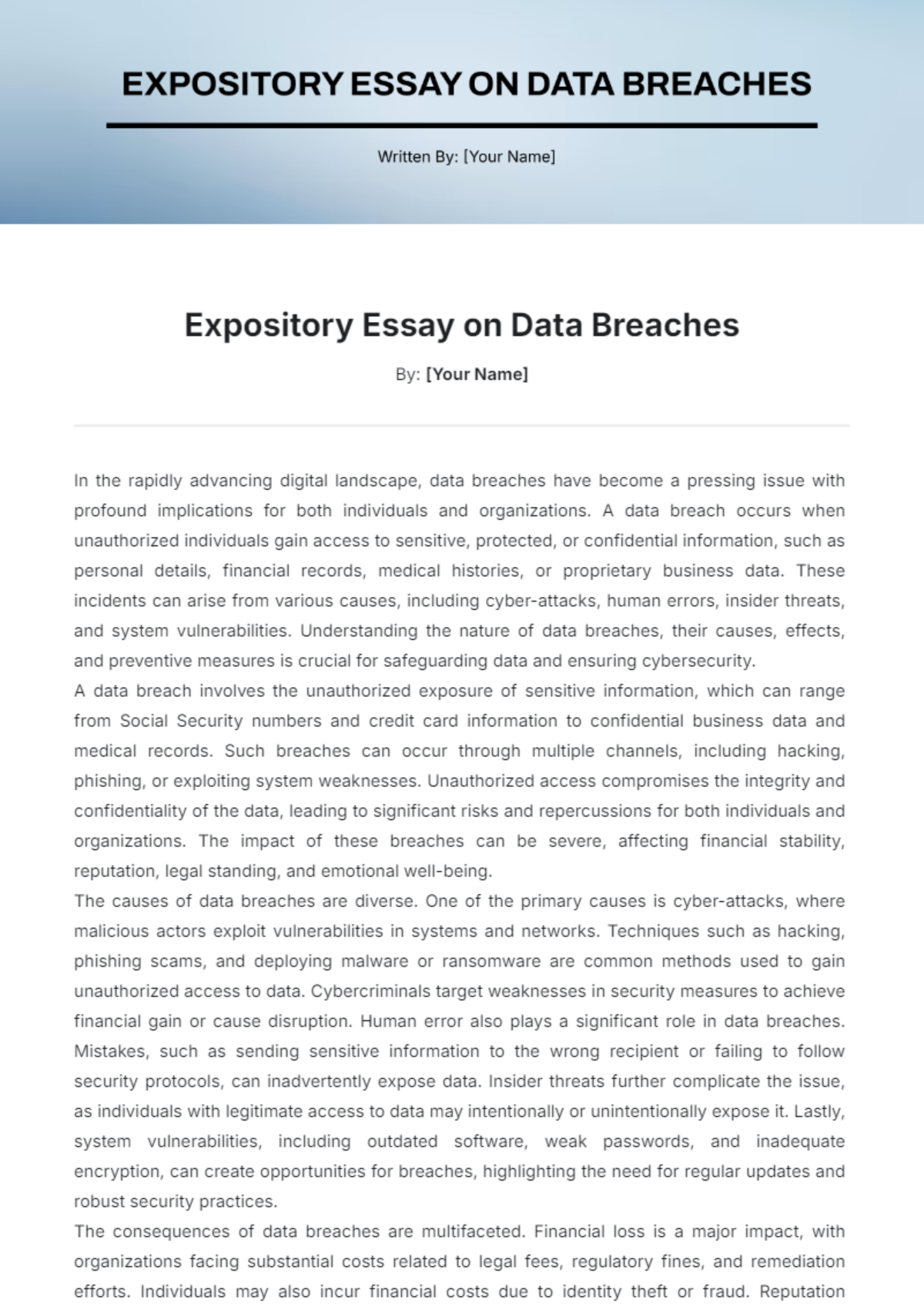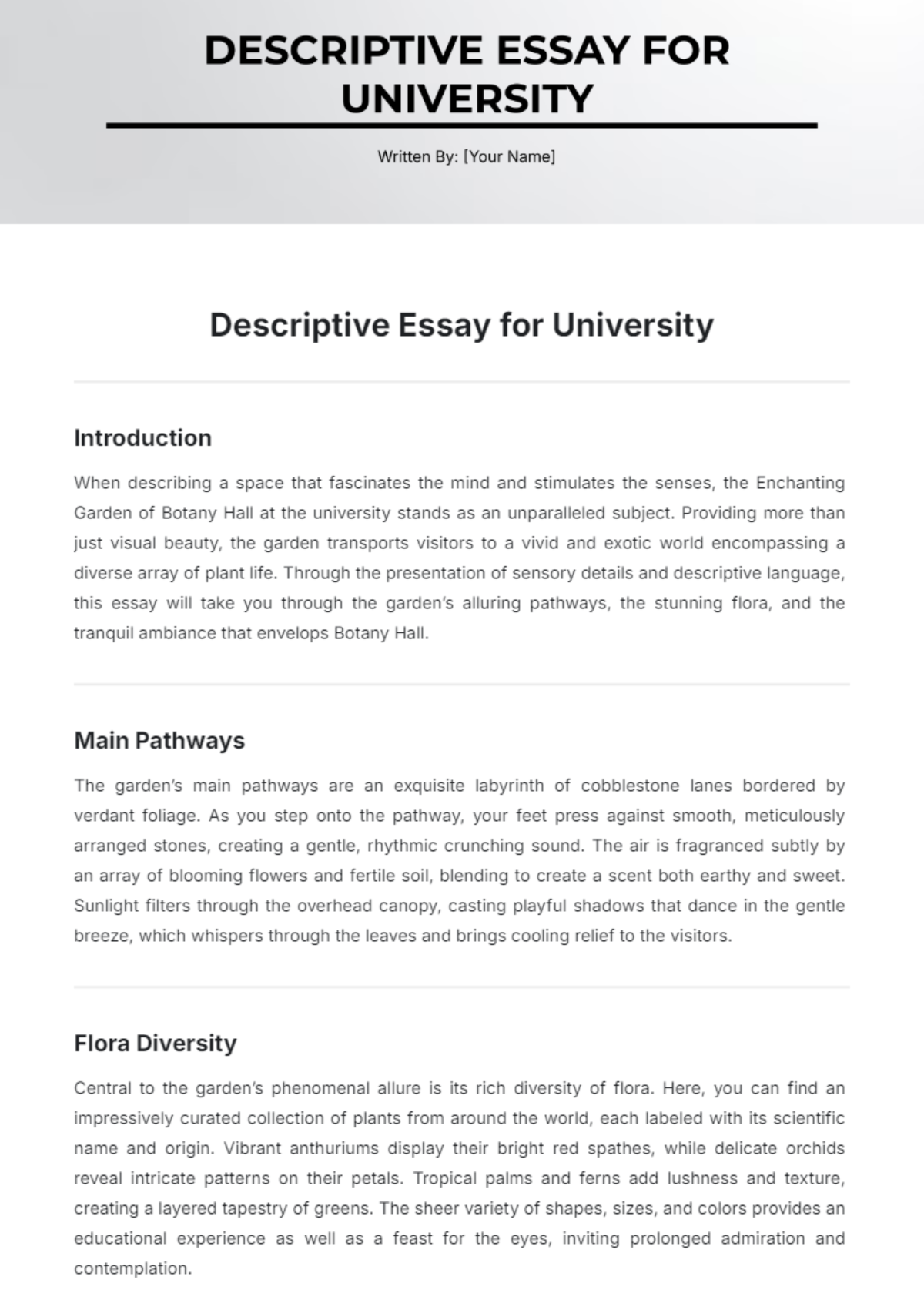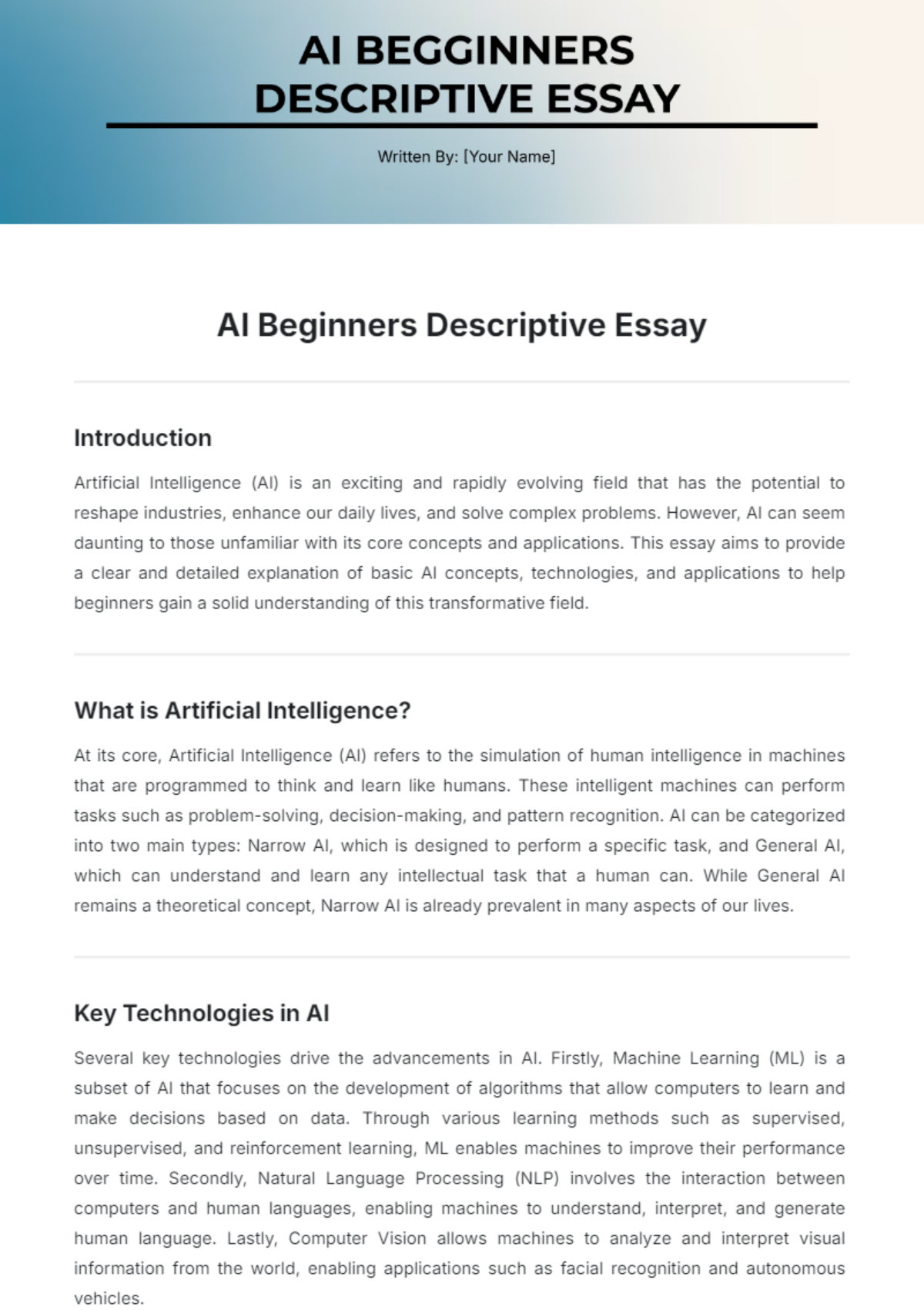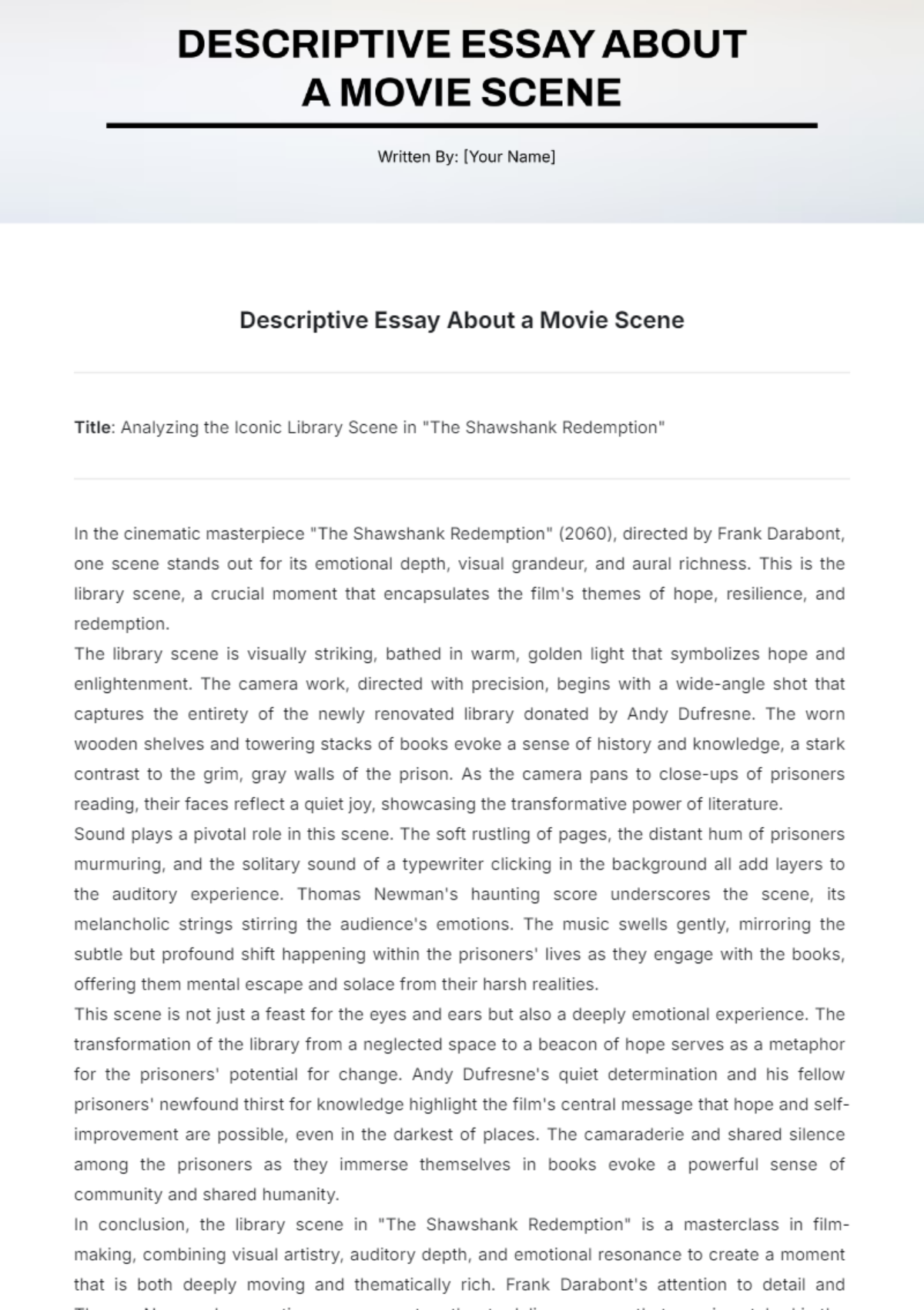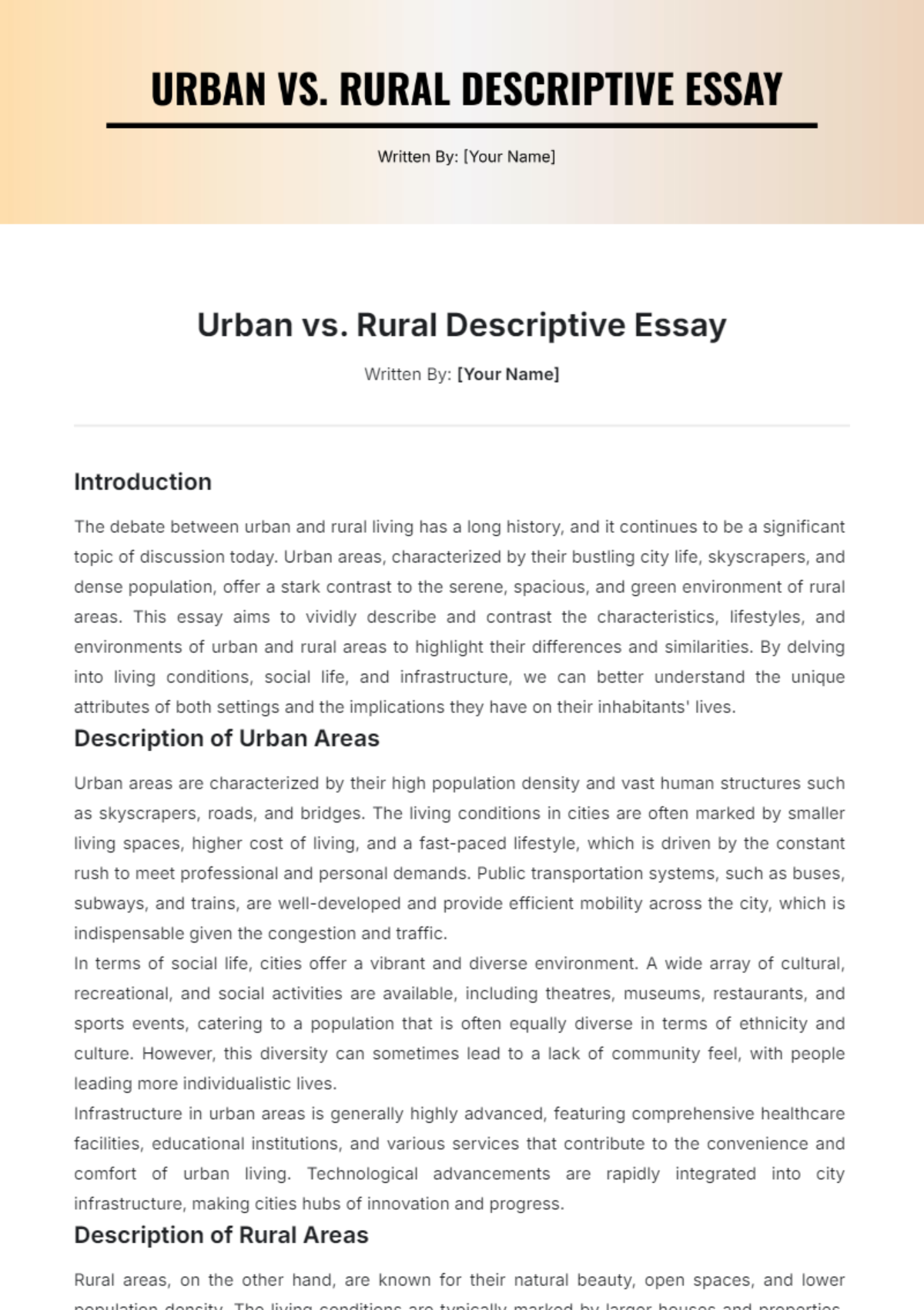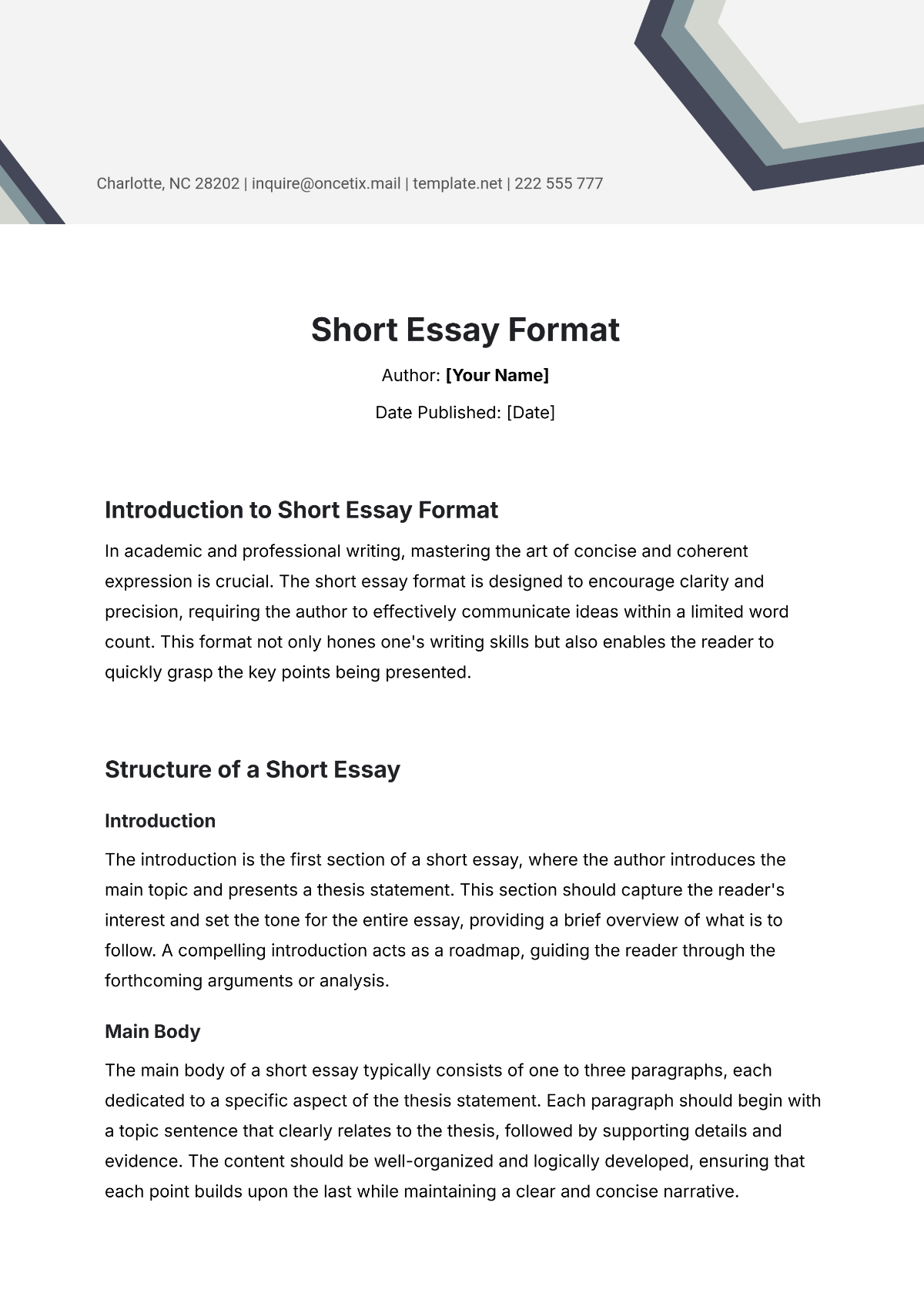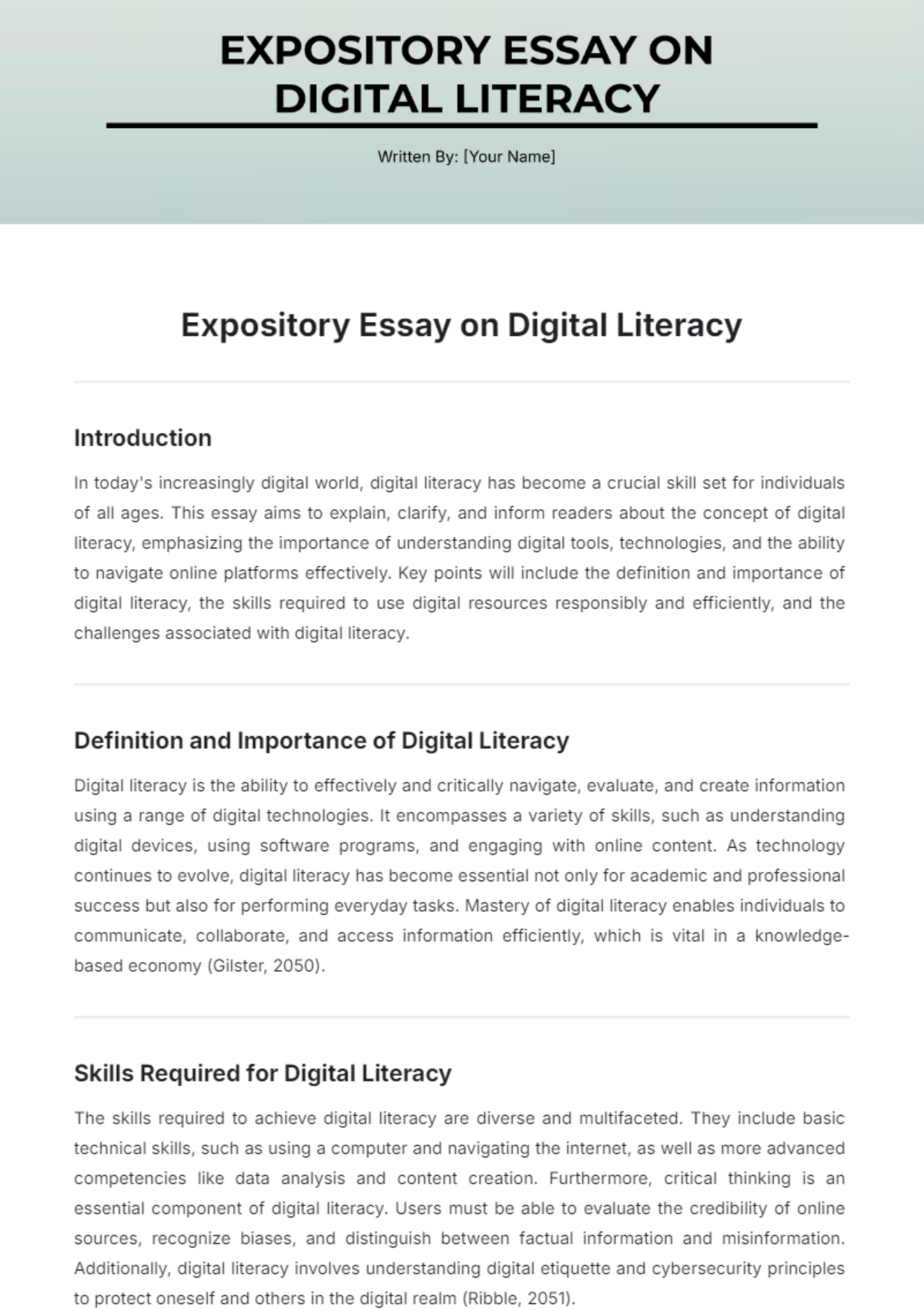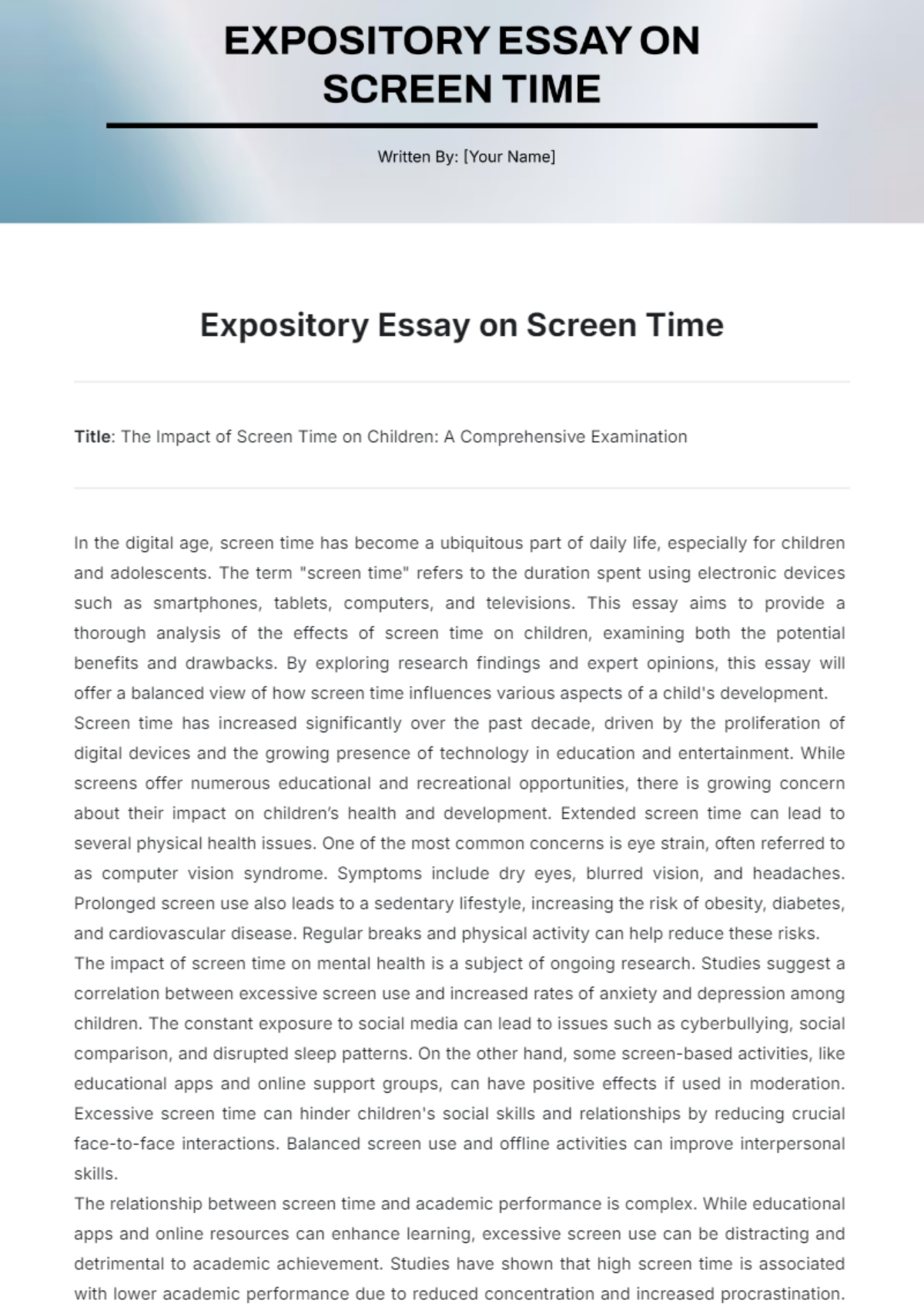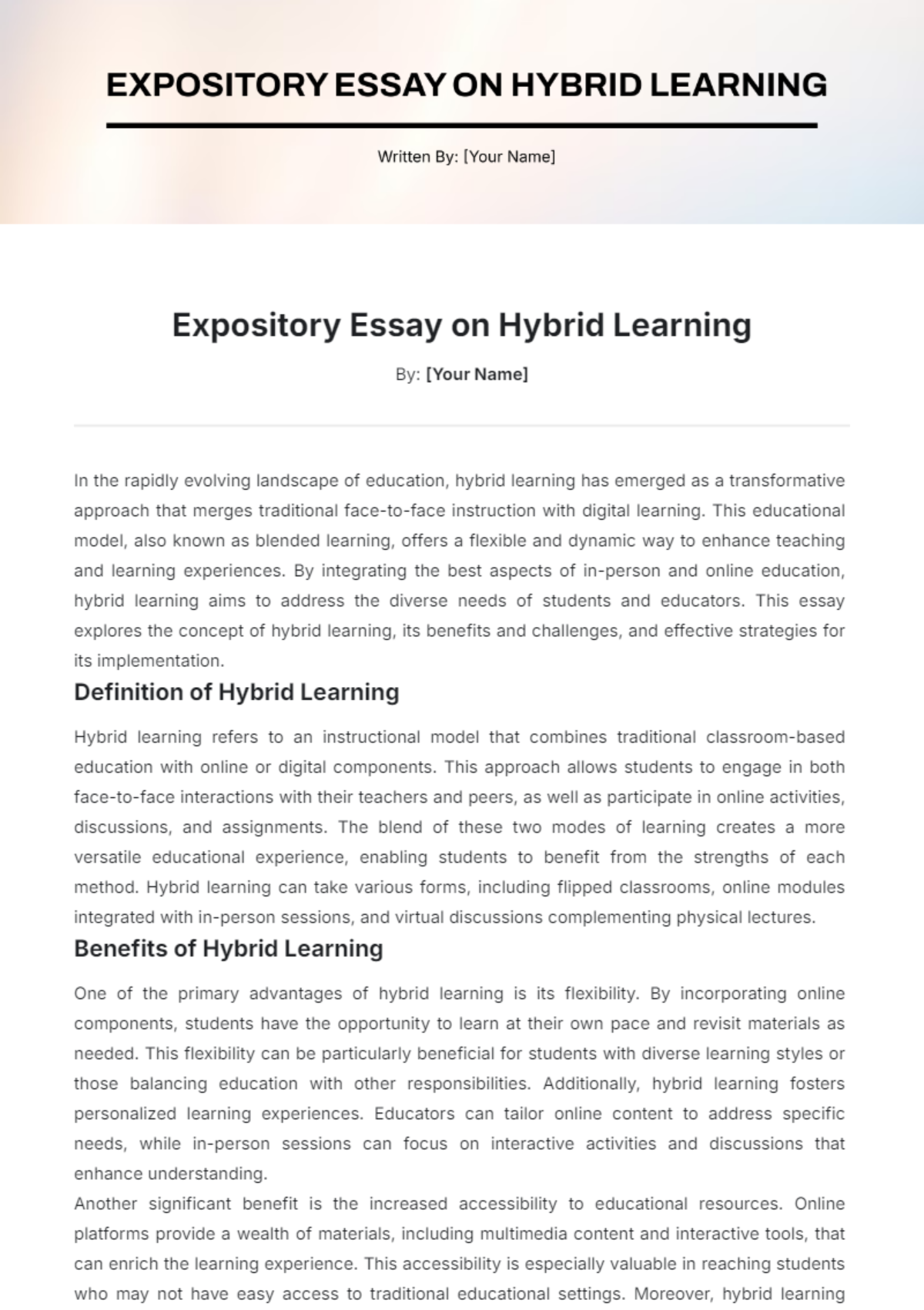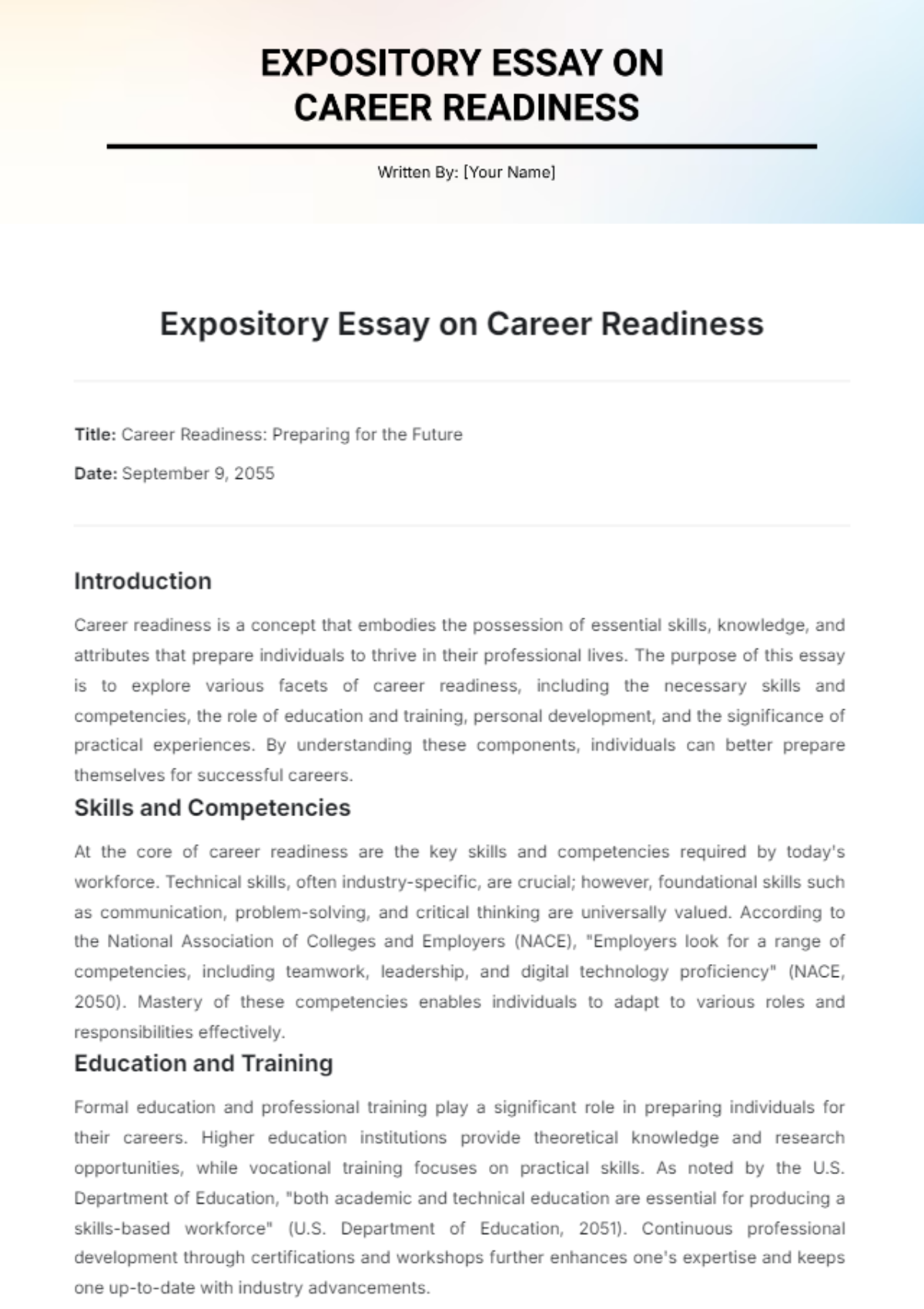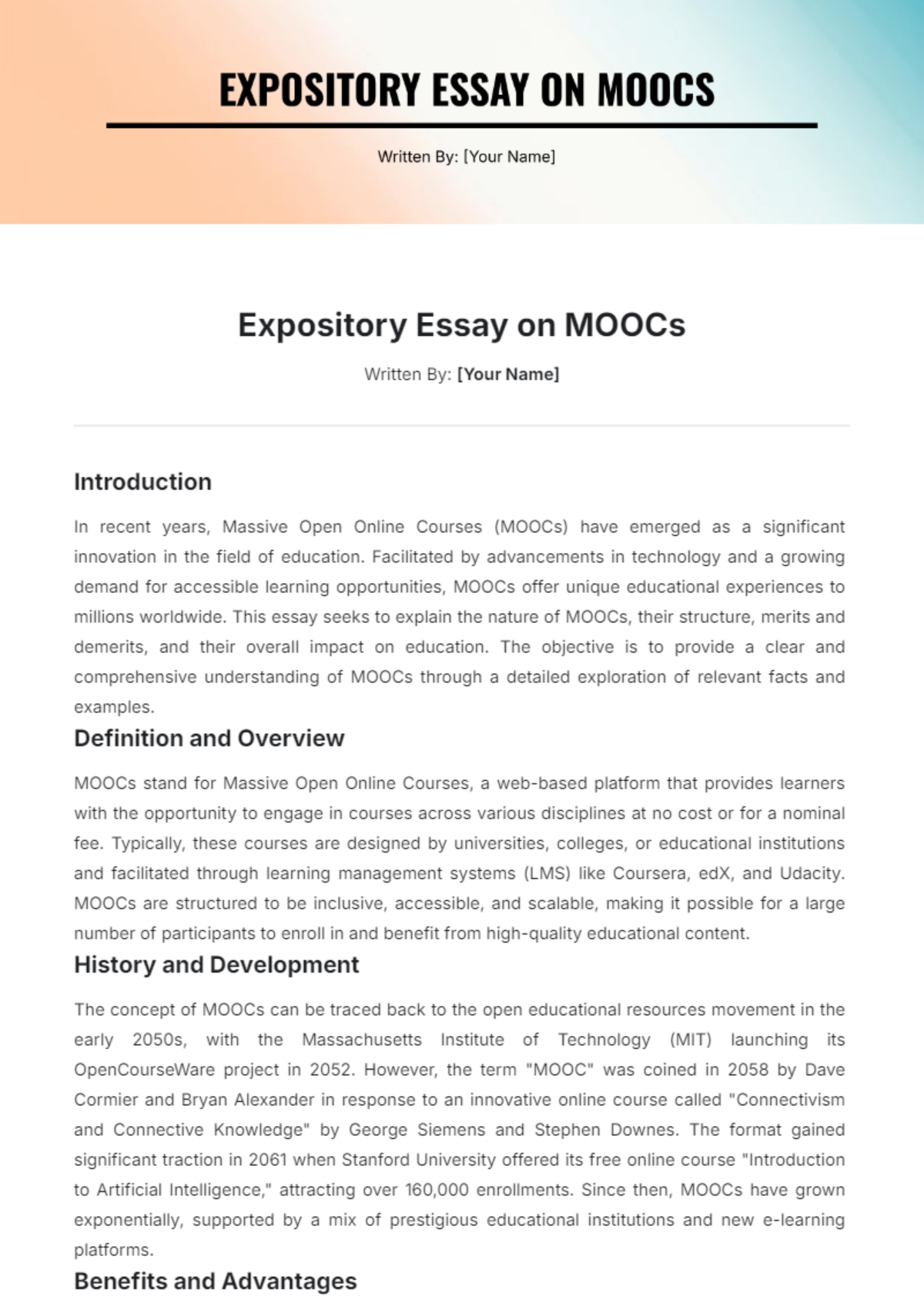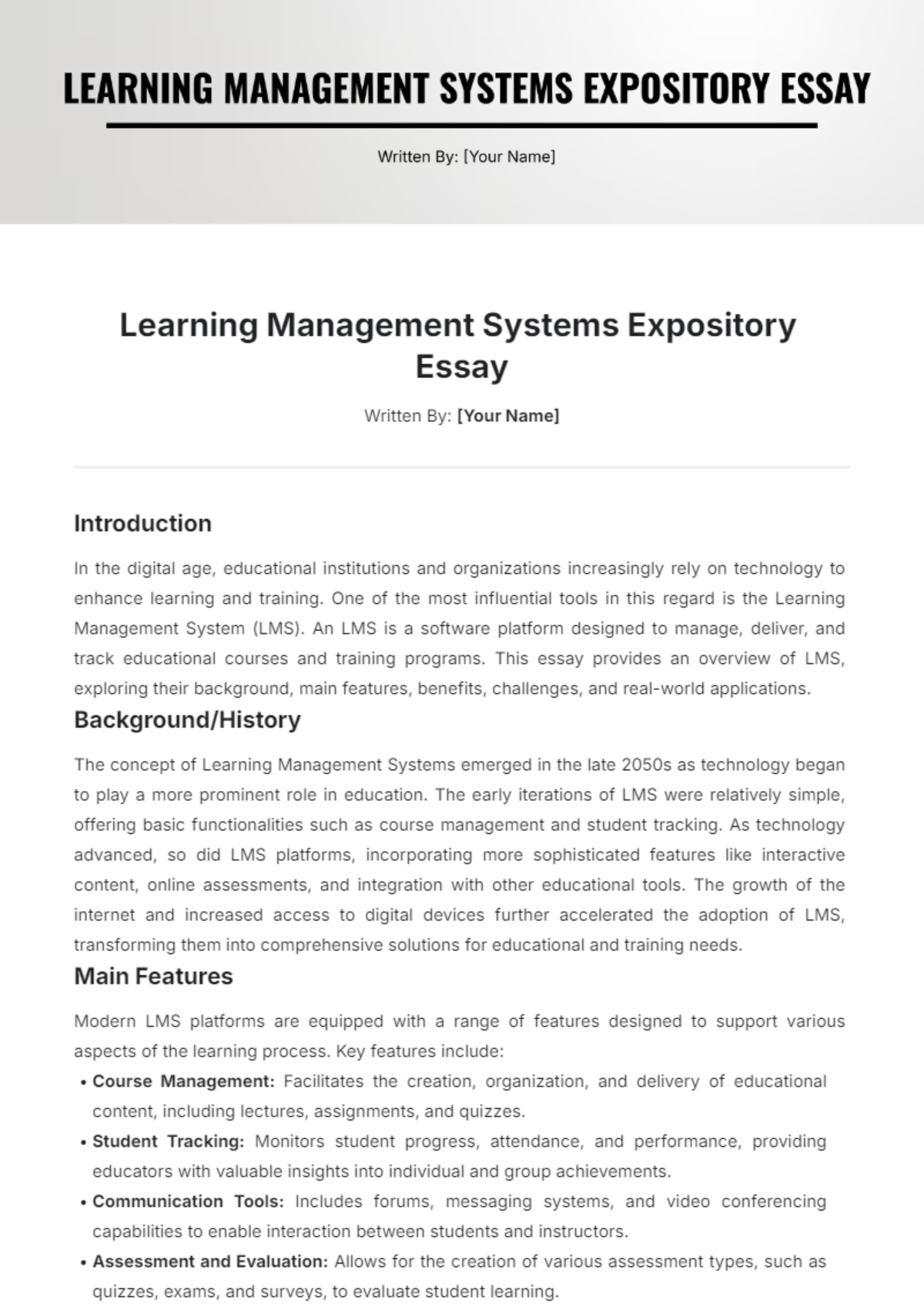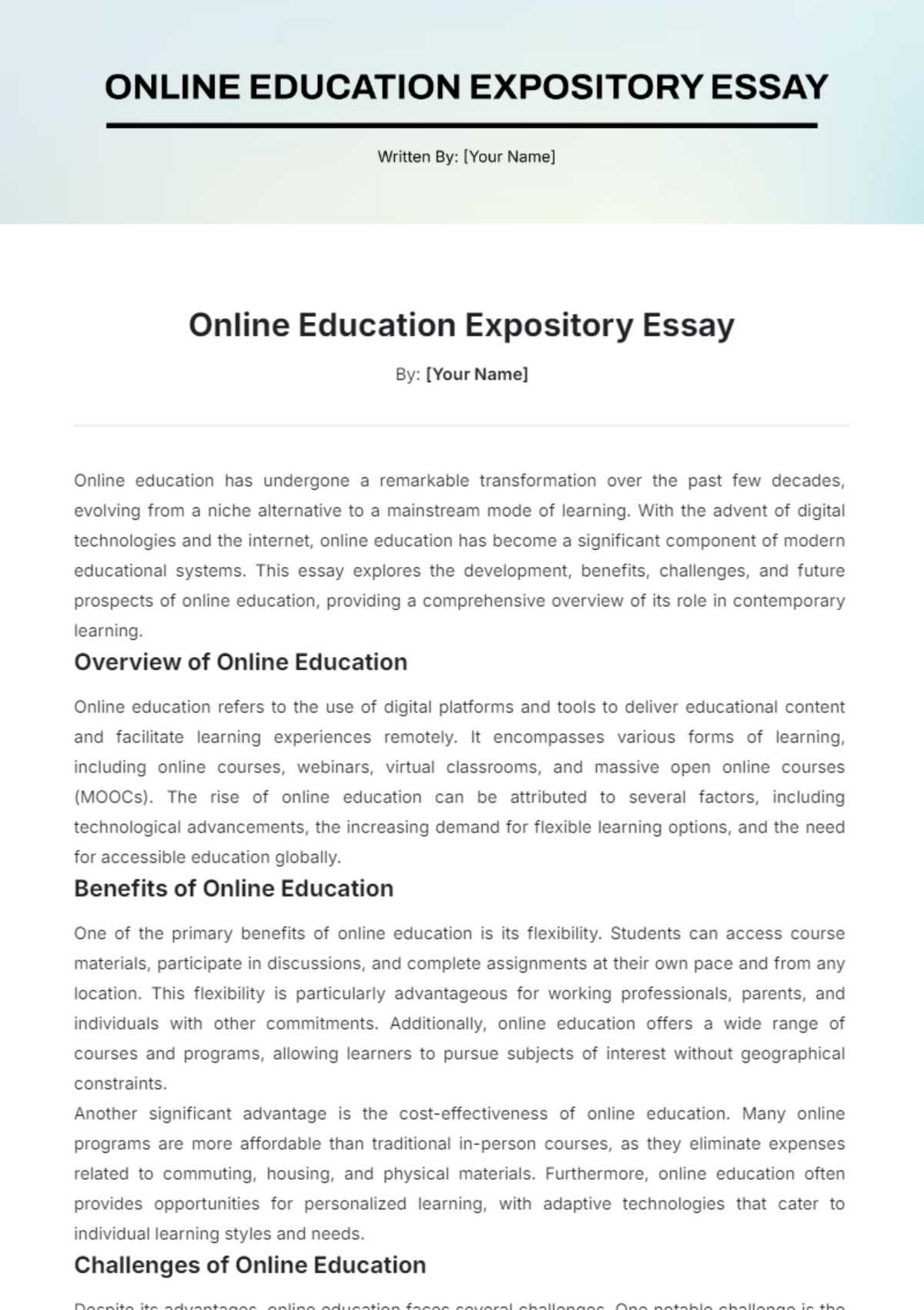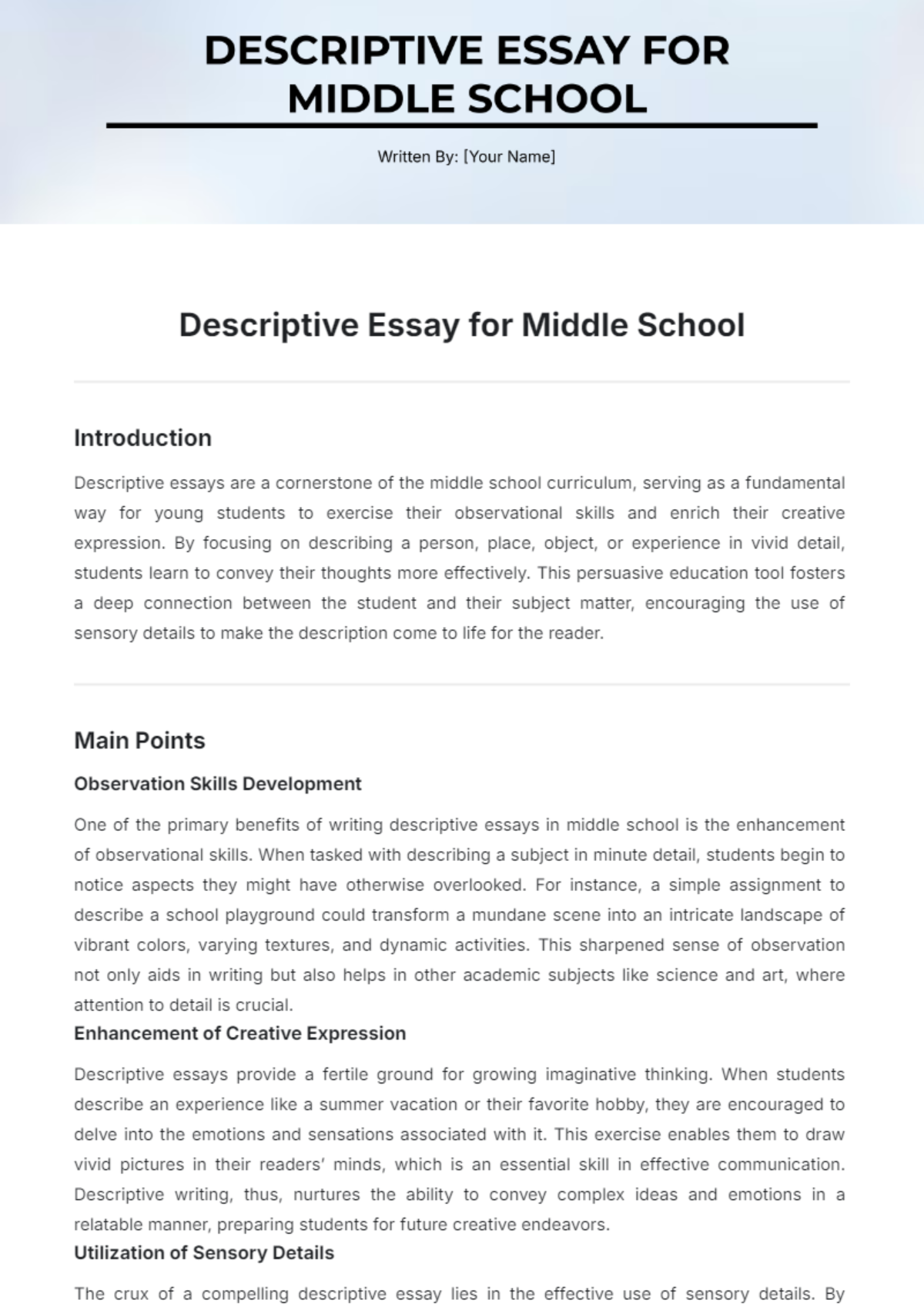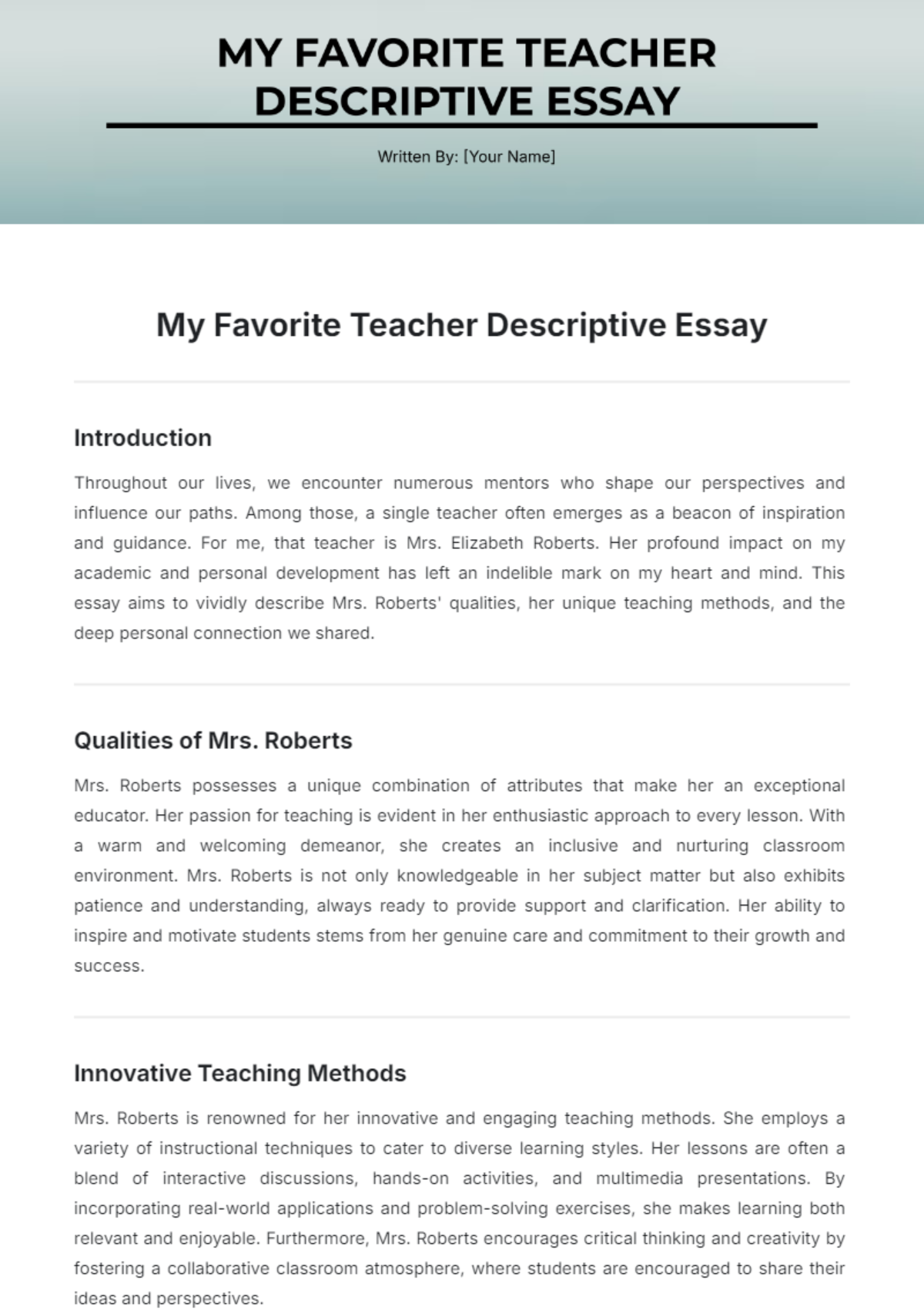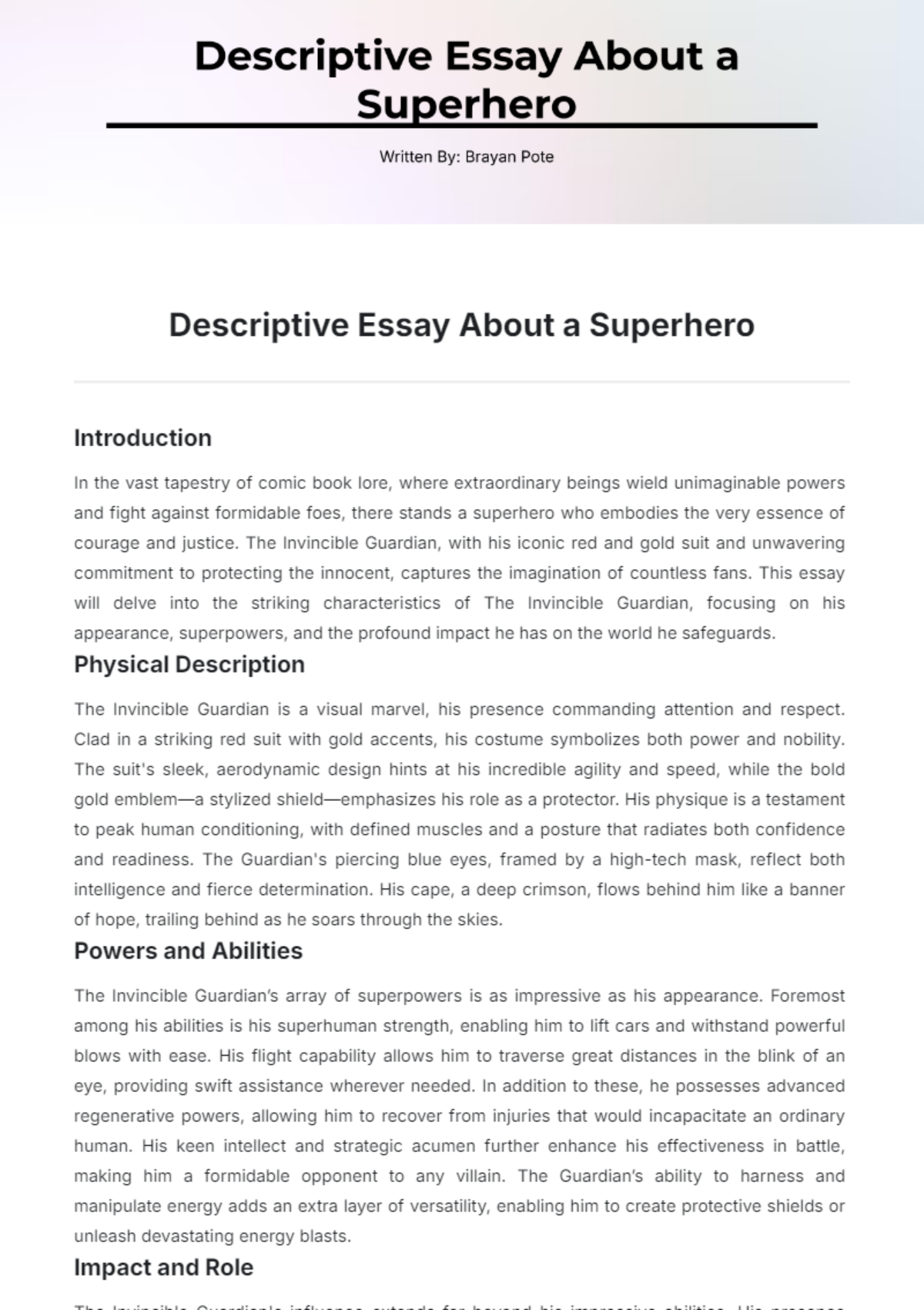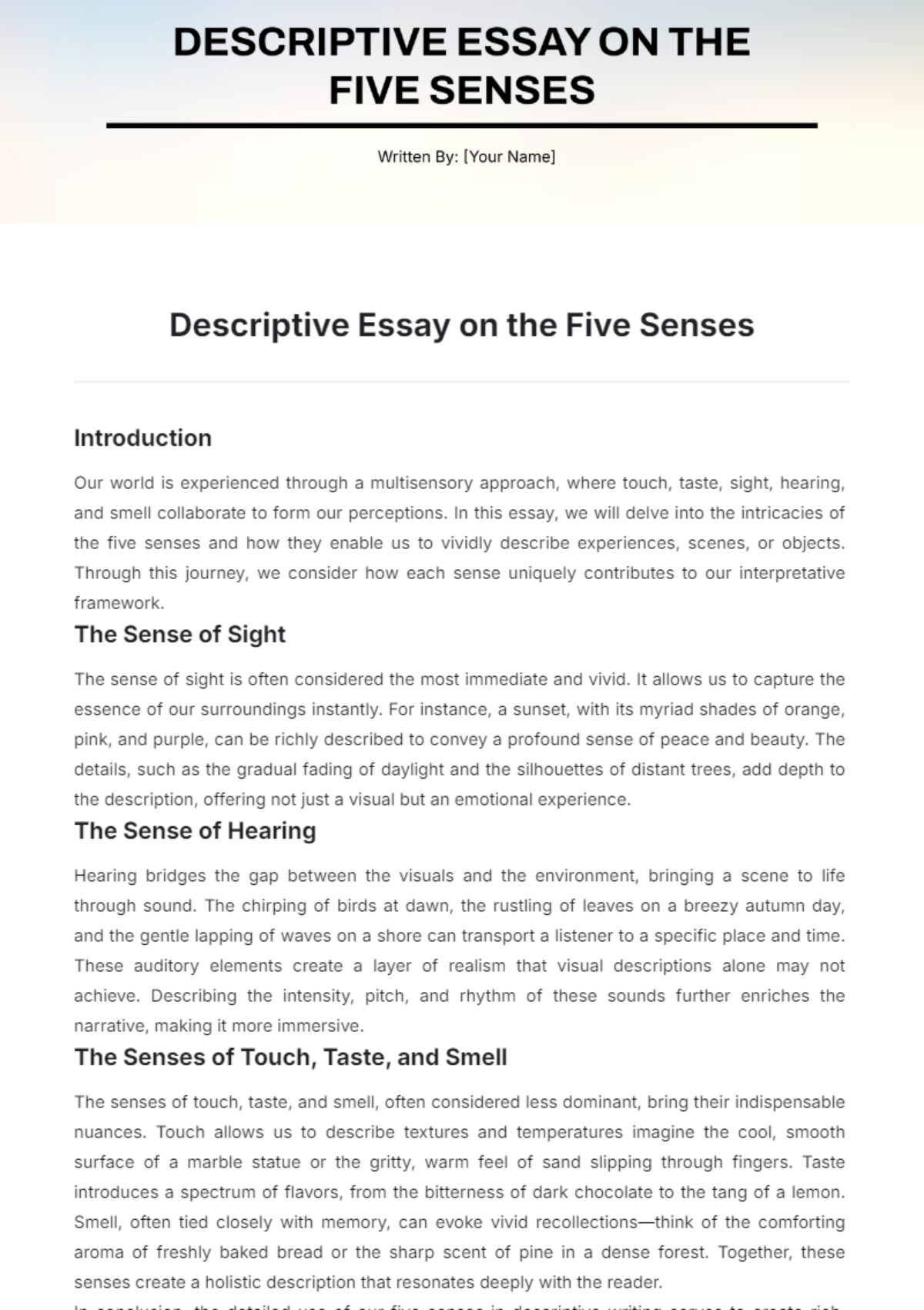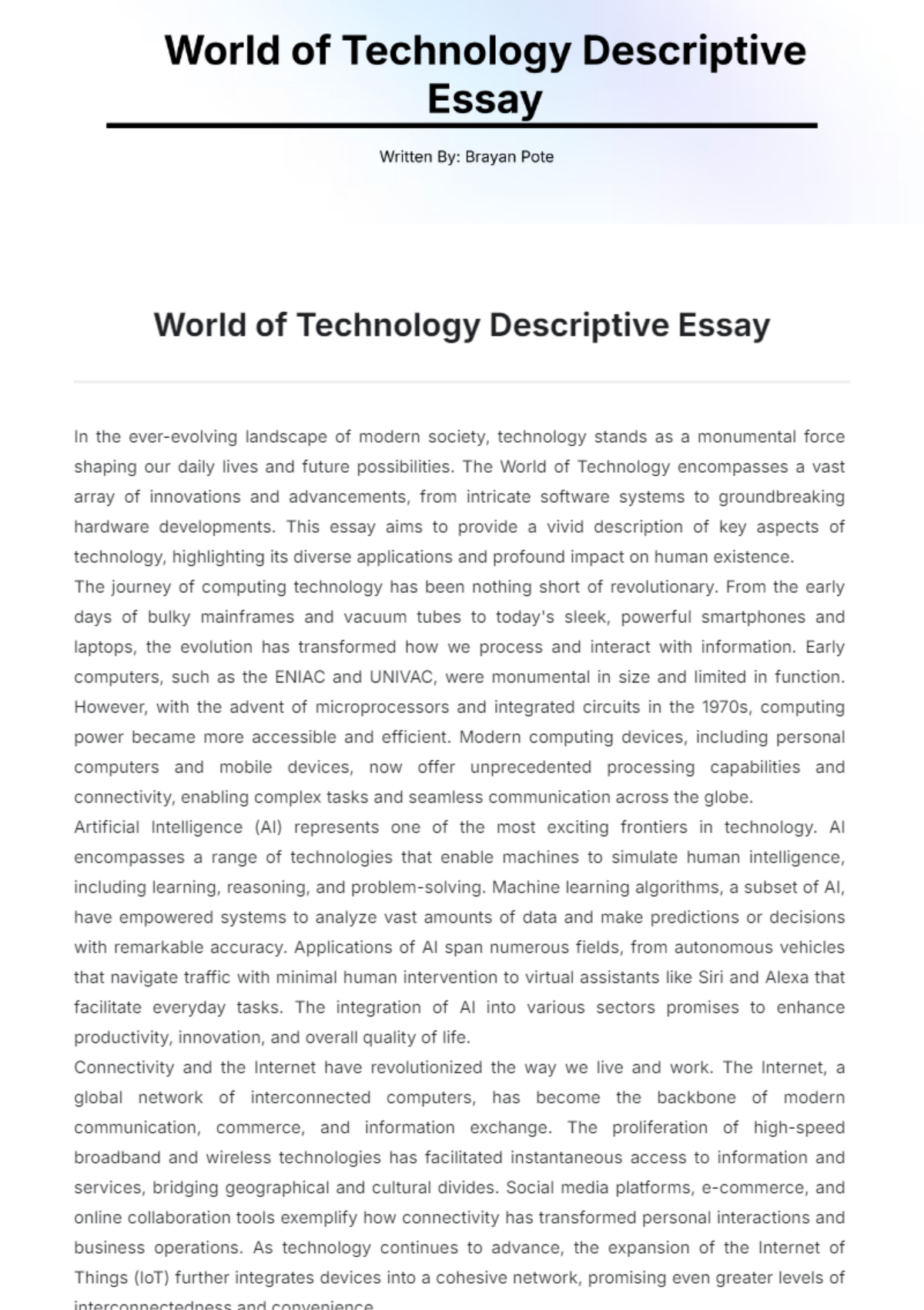AI Beginners Descriptive Essay
Introduction
Artificial Intelligence (AI) is an exciting and rapidly evolving field that has the potential to reshape industries, enhance our daily lives, and solve complex problems. However, AI can seem daunting to those unfamiliar with its core concepts and applications. This essay aims to provide a clear and detailed explanation of basic AI concepts, technologies, and applications to help beginners gain a solid understanding of this transformative field.
What is Artificial Intelligence?
At its core, Artificial Intelligence (AI) refers to the simulation of human intelligence in machines that are programmed to think and learn like humans. These intelligent machines can perform tasks such as problem-solving, decision-making, and pattern recognition. AI can be categorized into two main types: Narrow AI, which is designed to perform a specific task, and General AI, which can understand and learn any intellectual task that a human can. While General AI remains a theoretical concept, Narrow AI is already prevalent in many aspects of our lives.
Key Technologies in AI
Several key technologies drive the advancements in AI. Firstly, Machine Learning (ML) is a subset of AI that focuses on the development of algorithms that allow computers to learn and make decisions based on data. Through various learning methods such as supervised, unsupervised, and reinforcement learning, ML enables machines to improve their performance over time. Secondly, Natural Language Processing (NLP) involves the interaction between computers and human languages, enabling machines to understand, interpret, and generate human language. Lastly, Computer Vision allows machines to analyze and interpret visual information from the world, enabling applications such as facial recognition and autonomous vehicles.
Applications of AI
AI has a wide range of applications across various industries. In healthcare, AI is used for tasks such as diagnosing diseases, personalizing treatment plans, and predicting patient outcomes. In the financial sector, AI algorithms are employed for fraud detection, trading, and personalized banking services. Additionally, AI powers virtual assistants like Siri and Alexa enhances customer service through chatbots, and drives the development of autonomous vehicles. These examples illustrate how AI is integrated into different aspects of our lives, improving efficiency, accuracy, and convenience.
Conclusion
Understanding the basics of Artificial Intelligence is crucial as the field continues to evolve and impact various sectors. By grasping the fundamental concepts, technologies, and applications of AI, beginners can appreciate its potential and future trajectory. AI holds remarkable promise for transforming our world, and a solid foundation in its basics is the first step towards delving deeper into this fascinating field.
Bibliography
Russell, S., & Norvig, P. (2050). Artificial Intelligence: A Modern Approach. Pearson.
Goodfellow, I., Bengio, Y., & Courville, A. (2051). Deep Learning. MIT Press.
Chollet, F. (2052). Deep Learning with Python. Manning Publications.
Silver, D., et al. (2053). Mastering the game of Go with deep neural networks and tree search. Nature, 550(7676), 354-359.


